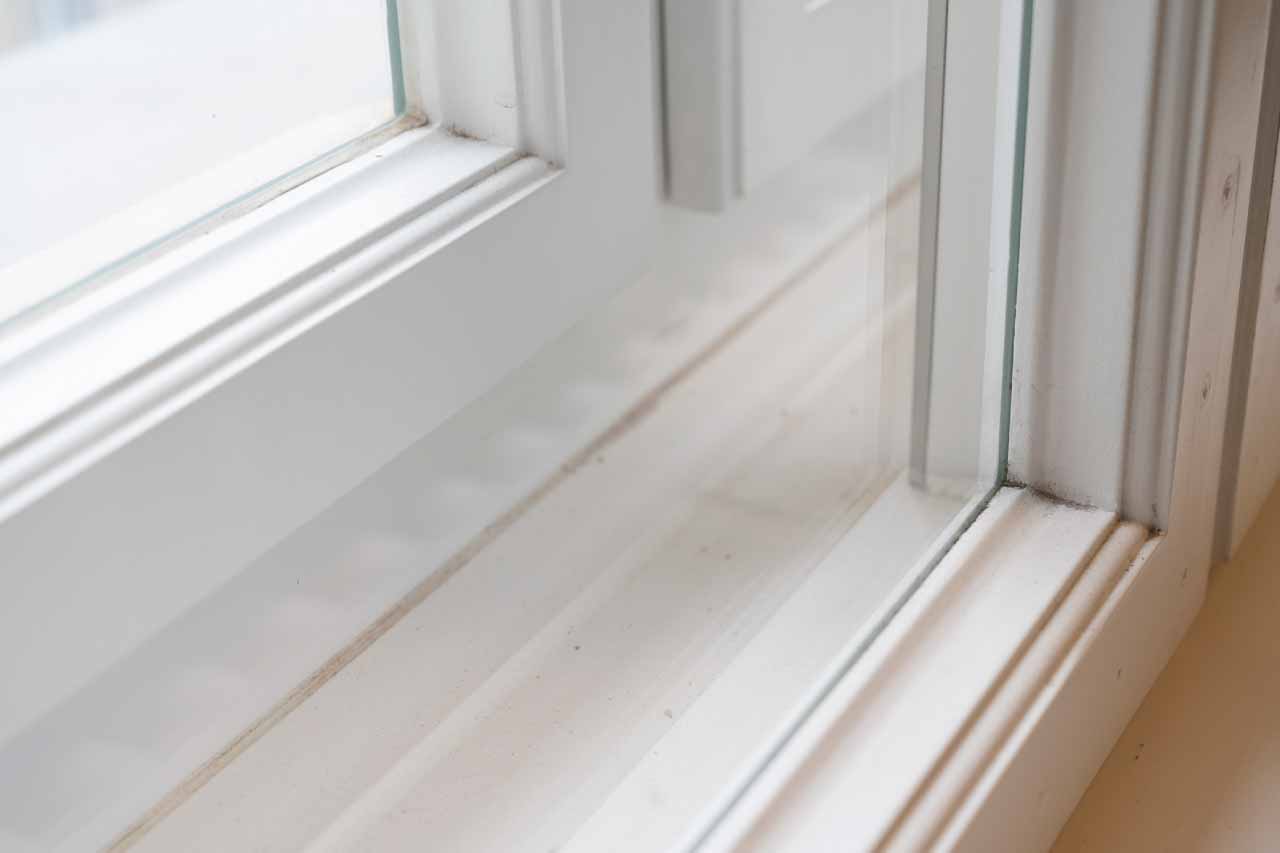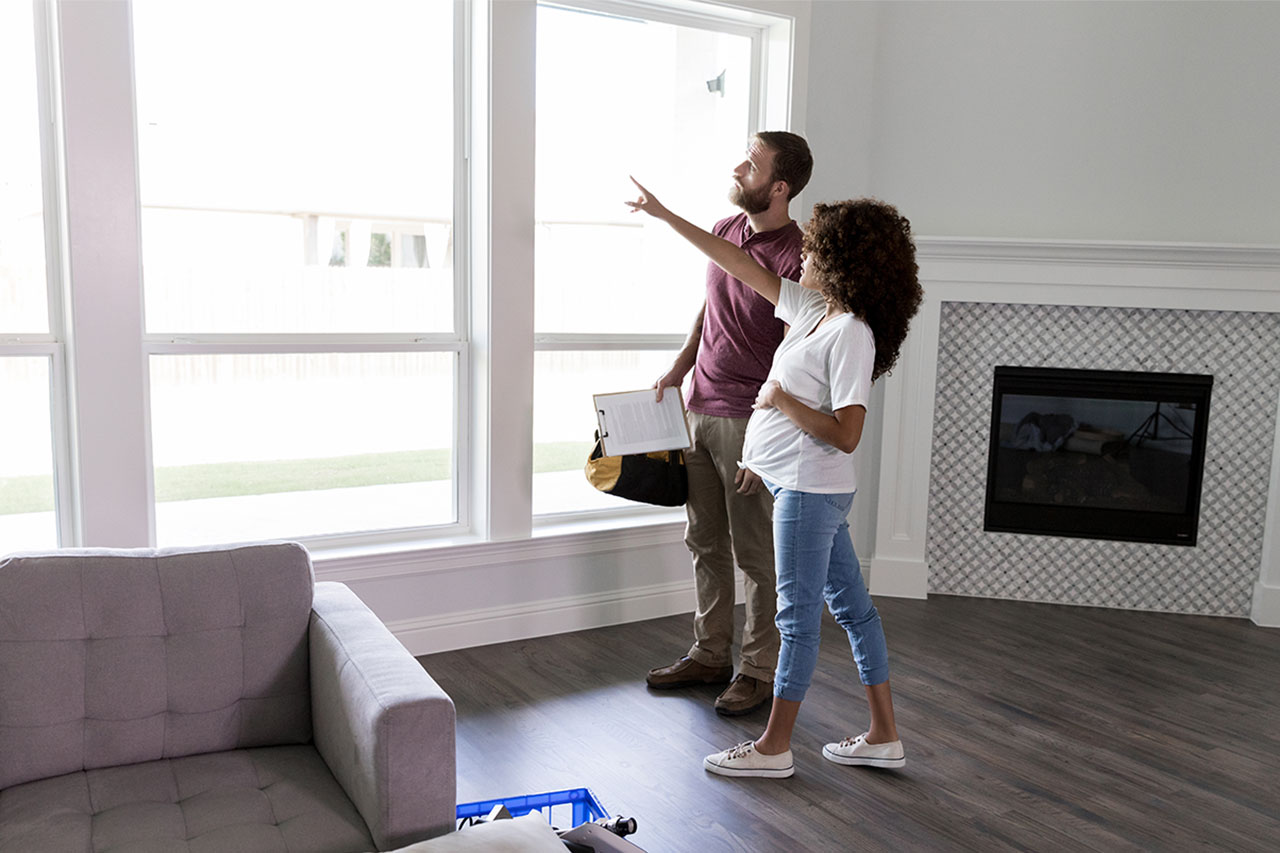How Much Do Double-Pane Windows Cost in 2025?
The average cost to install double-pane windows is $1,000


Installing double-pane windows costs $1,000 per window on average, with prices ranging from $150 to $7,000.
Key cost factors include window size, type, glass and fill type, frame material, labor, and additional features.
Double-pane windows provide energy efficiency, noise reduction, and increased home value.
Hiring a professional window installer ensures the installation is correct, up to code, and offers lasting durability.
This article was updated using automation technology and thoroughly reviewed for accuracy by HomeAdvisor Editor Ryan Noonan.
It costs an average of $1,000 per window to install double-pane windows, with most homeowners paying between $300 and $2,100. Depending on various factors, you might pay as little as $150 or as much as $7,000 per window. The price difference is due to the glass type, frame type, hidden problems during installation, the size of the windows, and how often the windows need replacement.
Double-pane windows help insulate and soundproof your home, making it more comfortable and energy-efficient. When budgeting for this project—especially if you're replacing multiple windows—it's important to plan ahead. Hiring a professional installer ensures the job is done right and helps prevent issues that might require more frequent replacements.
What Are Double-Pane Windows?
Double-pane windows have two sheets of glass separated by a spacer, with inert gas trapped between them. This design creates an energy-efficient barrier that helps regulate your home's interior temperature and minimizes heat or cooling loss.
Double-Pane Window Cost Factors
When budgeting for double-pane windows, remember that while materials make up most of the cost, you shouldn't overlook labor expenses. Also, unless you have a guaranteed price quote from your contractor, leave some wiggle room in your budget for unexpected issues that might arise during installation.
Labor
Labor costs can make up a significant portion of installing double-pane windows. Remember that complex installations, like replacing a bow window, may have higher labor costs, but your local window installer should include that information in their quote.
Size
Size is a key factor in the cost of your double-pane windows. To determine the pane size, multiply the width by the height. You'll also need to consider the pane thickness, which ranges from 1/8 inch to one inch.
If you’re replacing only the glass, it’s essential to match the thickness to your existing panes. Changing the thickness would require modifying the frames to accommodate the difference and maintain efficiency.
The prices below reflect standard double-pane window costs based on a thickness of ½-inch.
| Window Size (Ft.) | Average Cost Range (Including Labor) |
|---|---|
| 2x3 | $450–$700 |
| 3x4 | $900–$1,300 |
| 4x4 | $1,200–$1,800 |
| 4x6 | $1,800–$2,600 |
| 5x3 | $1,100–$1,700 |
| 7x5 | $2,600–$3,900 |
| 8x5 | $3,000–$4,400 |
Window Type
The type of window you're replacing makes a huge difference to the price you can expect to pay. Storm window installation costs start at $100 for materials and labor, but a bow, ornate, or oversized window can cost as much as $7,000.
| Window Type | Average Cost Range (Including Labor) |
|---|---|
| Storm | $100–$300 |
| Picture | $170–$1,000 |
| Single-hung | $200–$900 |
| Double-hung | $250–$1,100 |
| Sliding | $250–$1,200 |
| Casement | $250–$2,000 |
| Bay | $700–$6,000 |
| Bow | $1,600–$7,000 |
Glass and Fill Type
Double-pane windows are often filled with inert argon or krypton gas, which provide excellent thermal protection. You can also add high-efficiency or safety coatings, increasing the cost of your double-pane windows.
| Glass and Fill Type | Average Cost Range (Including Labor) |
|---|---|
| Tempered | $300–$1,000 |
| Laminated | $400–$950 |
| Frosted | $450–$1,100 |
| Low-E coating | $500–$1,400 |
Frame Material
If you plan to replace the whole window, not just the glass, the frame material will affect the price. Aluminum is the most affordable option, while composite and fiberglass frames are the most costly. The frame choice impacts longevity, durability, efficiency, and ongoing maintenance needs.
It's important to note that some locations legally require vinyl impact windows or at least hurricane windows. Vinyl impact and hurricane windows cost more than standard double-pane windows because they use more robust materials and provide better protection against storms. Other states have minimum energy-efficiency requirements. So, it’s important to check with your local building code office and contractor before replacing windows.
| Material Type | Average Cost Range (Including Labor) |
|---|---|
| Aluminum | $200–$700 |
| Vinyl | $300–$1,500 |
| Wood | $400–$1,800 |
| Composite | $400–$1,500 |
| Fiberglass | $600–$2,500 |
Brand
Because double-paned windows offer the best combination of value, price, and energy efficiency, they're widely available from all top brands. You'll find some brands only offer vinyl frames, some that provide a range of materials, or others that specialize in wood- or metal-framed windows. If you have an older home or one with odd-shaped windows, you'll need to choose a company specializing in custom-fit windows.
| Window Brand | Average Cost Range (All-In) |
|---|---|
| Feldco | $150–$1,500 |
| Alside | $150–$1,800 |
| Pella | $150–$3,500 |
| Andersen | $250–$3,500 |
| Marvin | $250–$4,000 |
Permits
Most localities require you to obtain permits before installing or replacing windows. If unsure, check with your local authority before starting work. Most window installers include the permitting fees in the price of the installation quote. However, not all contractors take care of this for you, so be sure to double-check.
Seasonality
Window installers are busiest during the spring and fall. Because demand during these periods is higher, so are the costs. However, if you can wait until the summer or winter, you may get a better deal. During the off-season, many companies offer discounts and special offers, so it's worth waiting and shopping around.
New vs. Existing Frame
If you already have double-pane frames in good condition and only need the glass replaced, you'll save around 50% on installation costs. However, the window panes have to be the same thickness, and the frame has to be in a good enough condition to reseal. If, for example, you're upgrading from single-pane windows to double-pane or switching to a different type or thickness of glass, you'll also need to replace the frame.
Extras and Upgrades
Many upgrades, extras, and additions can increase the price of your window replacement project but also create a higher-quality finish that meets your design needs. As well as necessary upgrades, you need to consider the nice-to-haves, like the cost of window treatments, and ongoing maintenance fees, like the cost of window cleaning.
Take a look at the costs of some of the most common extras and upgrades:
Window treatment: $40 to $4,800 per window
Window screen repair or replacement: $100 to $500 per window
Window cleaning: $100 to $450
Window tinting: $150 to $1,600 per window
DIY vs. Hiring a Window Installation Pro
Installing windows is a job best left to professional window installers. Rather than trying to save money by doing it yourself, consider hiring a local window installer to get the job done right. Replacing windows—even if you're keeping the frames—is challenging and requires a high skill level, and any savings are likely minimal. Plus, the cost of retail-priced windows and the necessary tools can offset any labor savings.
Using a professional window company to install your windows means they have their own specialist equipment. Plus, they can access trade-only pricing for a much better price on the windows and frames. If you want to try and save money on the window installation, shop around or wait until the off-season (summer or winter), when you'll likely get access to better deals.
How HomeAdvisor Gets Its Cost Data
No place is more important than your home, which is why HomeAdvisor connects homeowners with local pros to transform their houses into homes they love. To help homeowners prepare for their next project, HomeAdvisor provides readers with accurate cost data and follows strict editorial guidelines. After a project is complete, we survey real customers about the costs to develop the pricing data you see, so you can make the best decisions for you and your home. We pair this data with research from reputable sources, including the U.S. Bureau of Labor Statistics, academic journals, market studies, and interviews with industry experts—all to ensure our prices reflect real-world projects.
Frequently Asked Questions
You can repair the seals on double-glazed windows, but it's a delicate and time-consuming process best left to a professional window contractor. If the seal is broken, a glazier must remove one of the panes, thoroughly clean the area to remove contaminants, replace the pane, refill the gap with argon or krypton gas, and reinstall the seal. Repairing your window seals can be more budget-friendly than replacing the entire window.
You can eliminate minor condensation between the panes of double-glazed windows by warming the window with a hair dryer. Keep the hair dryer's nozzle at least six inches from the window and set it on moderate heat to quickly remove condensation. Take note that you should only try this if you're sure you don't have cracks or chips in the window.
Replacing just one pane in a dual-pane window is not recommended because it compromises the sealed system and reduces energy efficiency. Replacing only one side disrupts the thermal barrier of the window, undermining insulation and soundproofing. To maintain the integrity and performance of your window, it's essential to replace both panes.
You can tell that the seal is broken in a double-paned window because moisture gets between the panes and causes condensation or a permanent foggy, misty patch. You may notice drafts and temperature fluctuations, and your HVAC system will likely have to work harder to correct the inefficiency of the windows. You may also find that your windows are harder to open and close.
Double-pane windows enhance energy performance by delivering a 24% efficiency boost in winter and an 18% improvement in summer compared to single-pane windows. They also reduce external noise and maintain a stable indoor temperature, contributing to lower utility costs and enhanced comfort. For full performance, replacing all windows is essential, as partial upgrades offer reduced benefits.
Double-pane windows provide superior insulation and outstanding noise reduction by using two sealed layers of glass with a gap filled with inert gas. They boost home security and durability due to their robust construction while ensuring a consistent indoor temperature. These benefits lead to significantly lower energy bills and enhanced comfort throughout the year.








